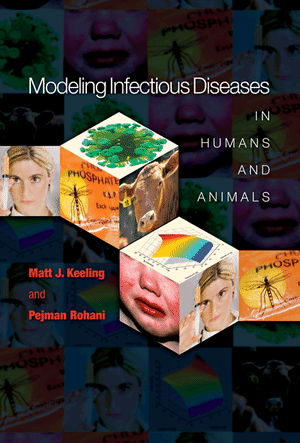Metapopulations are one of the
simplest spatial models, but are also one of the most applicable to
modeling many human diseases. The metapopulation concept is to
subdivide the entire population into distinct “subpopulations”, each of
which has independent epidemiological dynamics, together with limited
interaction between the subpopulations.
For many animal populations, it is plausible to assume that the spread
of disease is due to the migration or permanent movement of
individuals. The simplest means of modeling this is to allow animals to
randomly move between subpopulations, although other assumptions based
on known dispersal behavior of specific species leading to different
spatio-temporal dynamics may be more appropriate. The metapopulation
SIR-type model is then:
Here, coupling is governed by the parameter
mij, which measures the
rate at which hosts migrate to subpopulation
i from
j -- and therefore captures both
emigration and immigration.
Note that we are using numbers
(X,Y,Z) for greater clarity
and assuming density dependent transmission.


